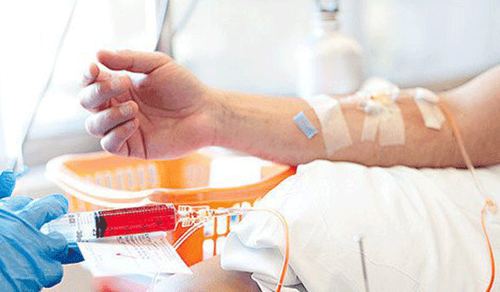This is an automatically translated article.
The article was written by Specialist Doctor I Nguyen Thi Minh Thuyen - Pathologist, Laboratory Department - Vinmec Da Nang International General Hospital.Cancer can start anywhere in the body. Cancer that starts in the breast is called breast cancer. Cancer begins when cells in the breast grow out of control and crowd out normal cells.
Breast cancer is common in women, but men can get it too. Many people don't realize that men have breast tissue and that they can get breast cancer. Cancer cells can spread to other parts of the body. Breast cancer cells can travel to the bone and grow there, called metastasis. The cancer cells in the new site look like cells from breast cancer.
Cancer is always named for where it started. So when breast cancer spreads to the bone (or anywhere else), it's still called breast cancer. It is not called bone cancer unless it starts in the cells in the bone.
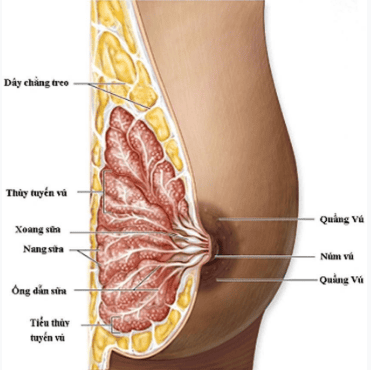
1. Are there many types of breast cancer?
There are many types of breast cancer. Some are very rare. Your doctor can tell you more about the type of cancer you have. Below are the medical names for the most common types of breast cancer.
1.1 Ductal carcinoma in situ (DCIS)
DCIS is very early breast cancer. In DCIS, the cancer cells are confined to the ducts (tiny tubes that carry milk to the nipple). Cancer cells have not spread through the walls of the ducts into nearby breast tissue. Nearly all men with DCIS can be cured.
Trắc nghiệm: Những lầm tưởng và sự thật về ung thư vú
Ung thư vú có tỷ lệ tử vong cao nhất ở nữ giới khiến họ rất lo sợ bản thân mắc phải căn bệnh này. Tuy nhiên, không ít chị em có những hiểu biết thái quá về ung thư vú. Thử sức cùng bài trắc nghiệm sau sẽ giúp bạn loại bỏ được những nghi ngờ không đúng về căn bệnh này.
Bài dịch từ: webmd.com
1.2 Lobular carcinoma in situ (LCIS)
LCIS begins in the milk-producing glands but does not develop through the glandular septa. Patients with LCIS have a higher risk of invasive breast cancer. If you have LCIS, be sure to get a mammogram.
1.3 Invasive ductal carcinoma
This is the most common type of breast cancer. It begins in a milk duct of the breast and grows through the duct wall to invade nearby breast tissue. It can also spread to other parts of the body.
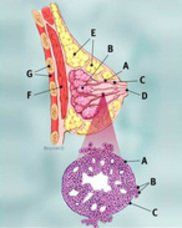
1.4 Invasive lobular carcinoma
This cancer starts in the milk glands. These glands, called lobules, can spread to other parts of the body.1.5 Inflammatory breast cancer (IBC)
This is a rare type of breast cancer. Usually, there is no tumor in the breast. Inflammatory breast cancer makes the skin of the breast red and warm. The skin can also look thick and pitted - like an orange peel. The breasts may be larger, firmer, firmer, or itchy.
This type of breast cancer is more likely to spread and harder to treat than invasive ductal or lobular cancer.
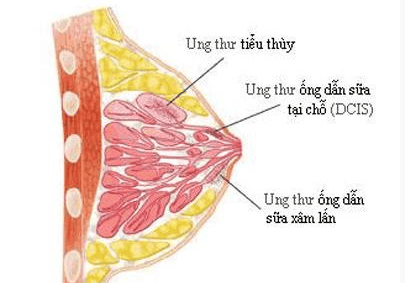
Why does the doctor think I have cancer? Is there any chance I don't have cancer? Can you write down what kind of cancer you think I might have? What will happen next? How will my doctor know I have breast cancer?
2. Tests that may be performed
For men, breast cancer is often discovered because of a lump or other change in the breast.The doctor will ask questions about your health and do a physical exam. Examine the breast to look for changes in the nipple or breast skin. The doctor also checks the lymph nodes under the arm and above the collarbone. Swollen or hard lymph nodes may be caused by breast cancer that has spread.
If the signs suggest breast cancer, you will be done more tests will. Here are some tests you may need:
Mammogram (mammogram): uses x-rays to find breast cancer early in women. But for men, a mammogram may be ordered to take a closer look at breast problems you may have. MRI: uses magnetic waves and strong magnets instead of X-rays to take pictures. MRI can be used to further evaluate the size of the cancer and detect other tumors in the breast. Breast ultrasound: a small transducer is moved around on the skin of the breast area, emitting sound waves and capturing echoes as they bounce back from the tissues. The echo forms an image that can be seen on a computer screen. An ultrasound can help your doctor see if the tumor is a fluid-filled cyst or a solid lump that could be cancerous. Nipple fluid test: if there is fluid draining from the nipple, they may be sent to a Pathology laboratory to check for cancer cells.
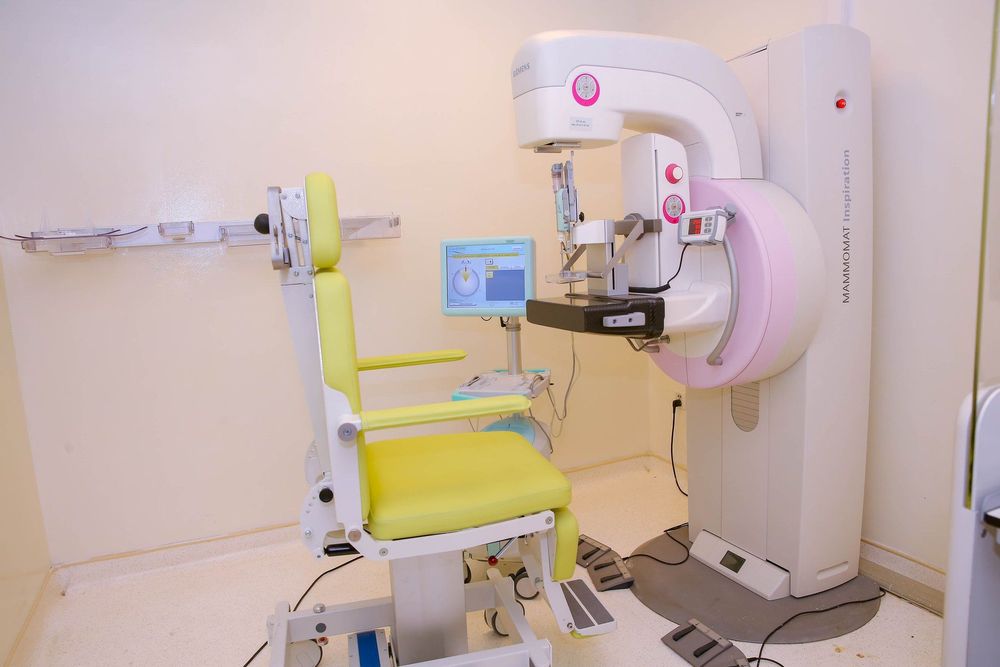
What tests do I need? Who will do these tests? Where will the tests be done? Can anyone explain them to me? How will the test be done and when will I get the results? Who will explain the results to me? What do I need to do next? How serious is my cancer?
3. Breast Biopsy
Biopsy is removing a small piece of tissue to check for cancer cells. A biopsy is the only way to definitively diagnose whether you have cancer.
There are many types of biopsies. Ask your doctor what kind of biopsy you need. Each type has advantages and disadvantages. The type of biopsy to choose depends on the individual case.
Sometimes, surgery is indicated to remove all or part of the tumor to identify cancer.
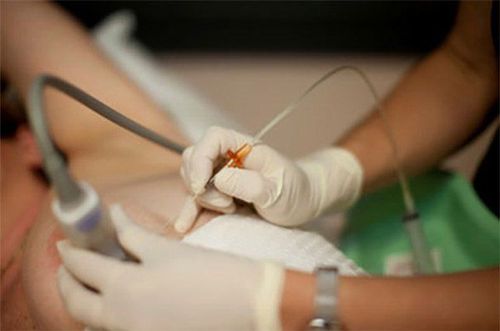
4. Histological grading and staging of breast cancer
4.1 Histological grade
The cancer cells in the biopsy sample will be graded histologically. This helps doctors predict how quickly the cancer is likely to grow and spread.
Cancer cells are graded histologically based on how much they look like or differ from normal cells, graded into grades 1, 2 and 3. The cells look very different from normal cells. Normal cells are more graded and tend to grow faster. Ask your doctor to explain the extent of the cancer, this will help him or her decide which treatment is best for you.
4.2 Stages
If you have breast cancer, your doctor will need to know how far it has spread, called staging. You may have heard other people say their cancer is stage 1 or 2. Your doctor will determine the stage of your cancer to help decide what type of treatment is best for you.
Stage describes the spread of cancer from the breast, also indicates if the cancer has spread to other nearby or distant organs in your body.
Cancer is classified into four stages as 1, 2, 3 and 4. The lower the number, the less the cancer has spread. A higher number, like stage 4, means more serious cancer has spread beyond the breast. Ask your doctor about the stage of your cancer and what it means to you.

Some questions you may need to ask the doctor
Does the doctor know the stage of my cancer? If not, how and when will the doctor find out the stage of the cancer? Will the doctor explain to me what stage means in my case? Based on the stage of cancer, how long do you think I will live? What will happen next? Vinmec International General Hospital is one of the hospitals that not only ensures professional quality with a team of leading doctors, modern equipment and technology, but also stands out for its examination and consulting services. and comprehensive, professional medical treatment; civilized, polite, safe and sterile medical examination and treatment space. Customers when choosing to perform tests here can be completely assured of the accuracy of test results.
Please dial HOTLINE for more information or register for an appointment HERE. Download MyVinmec app to make appointments faster and to manage your bookings easily.
Reference article source: American Cancer Society





